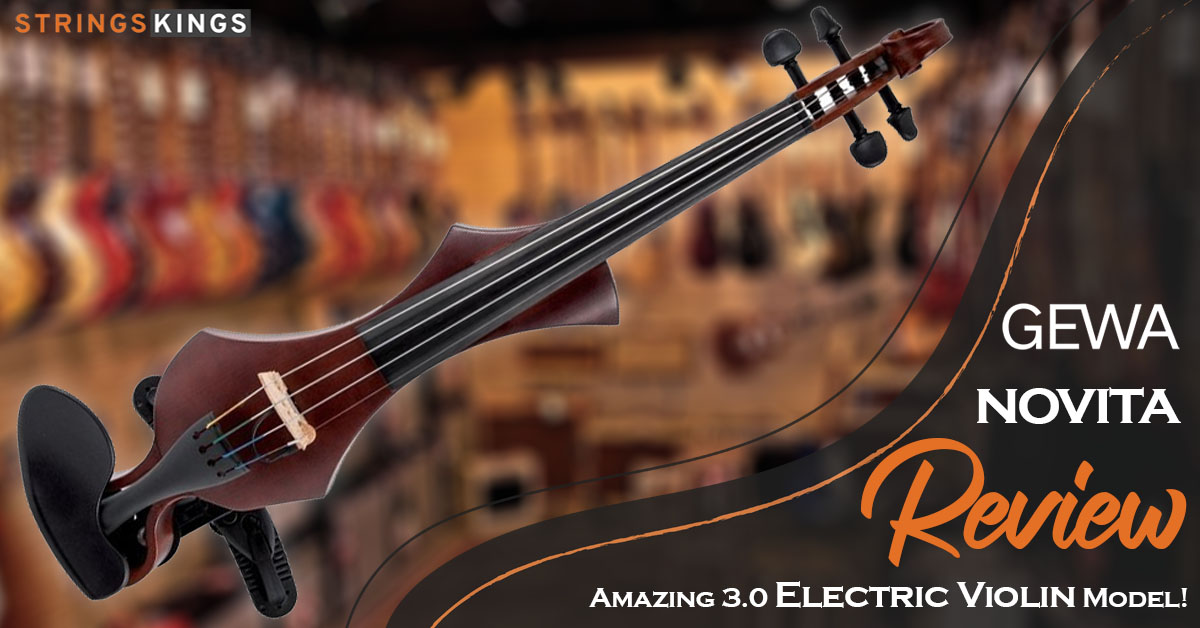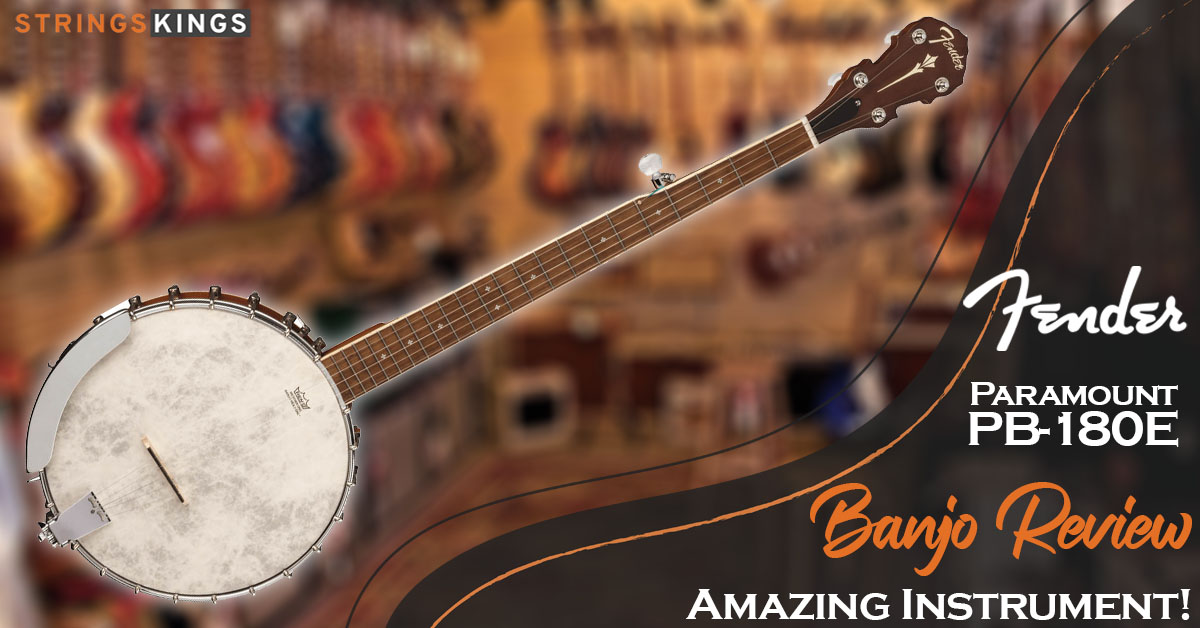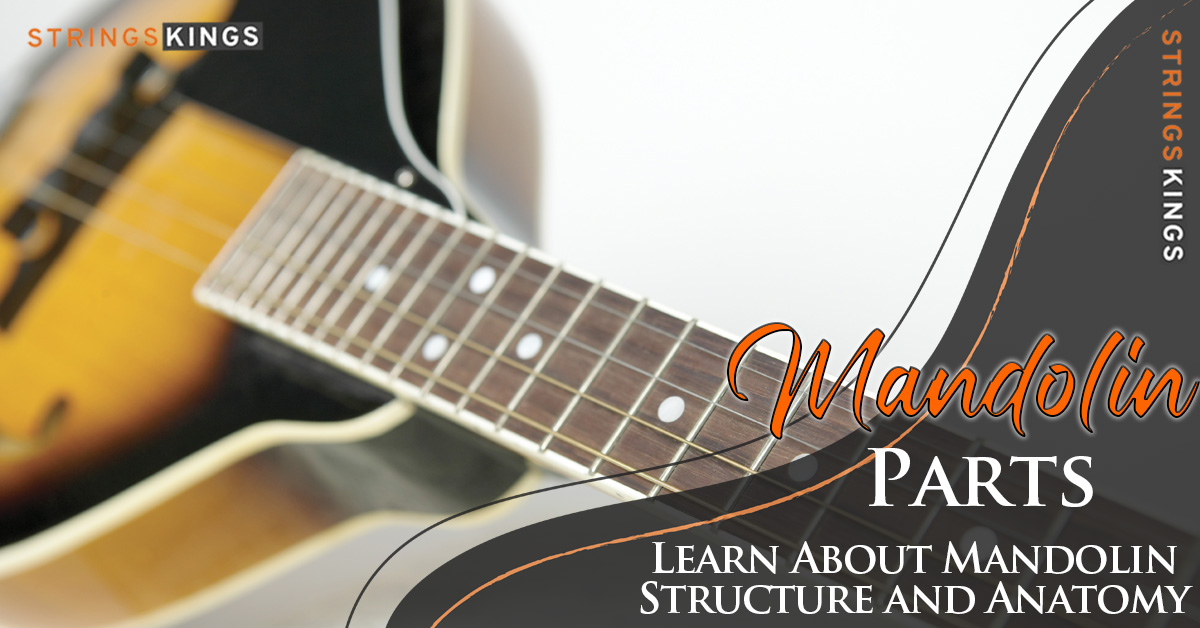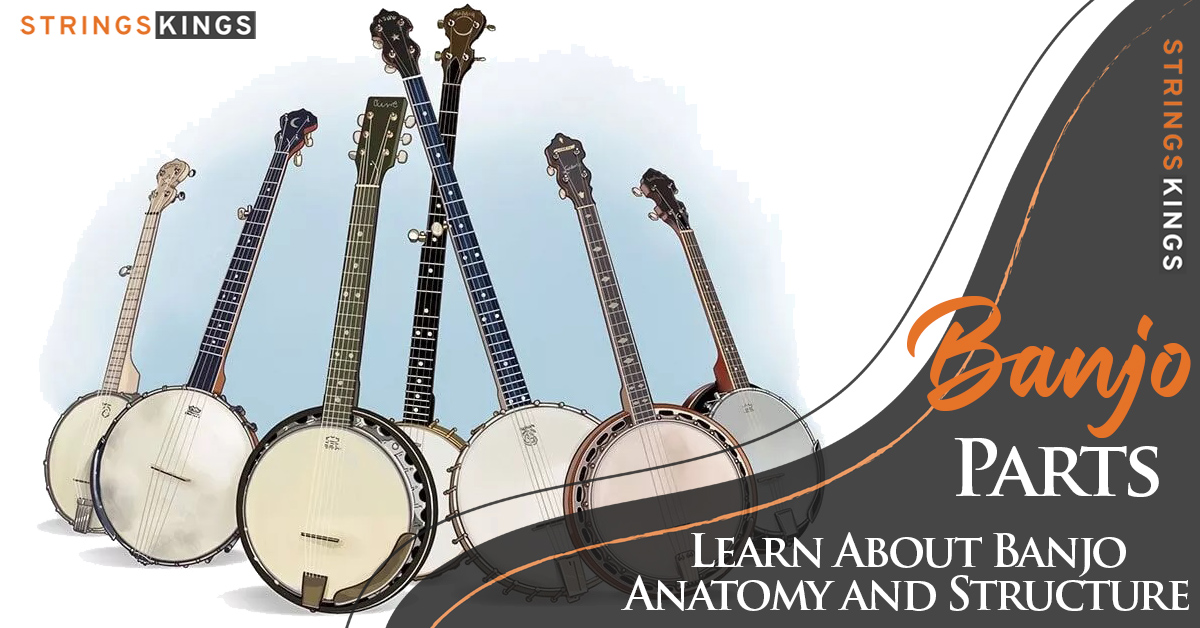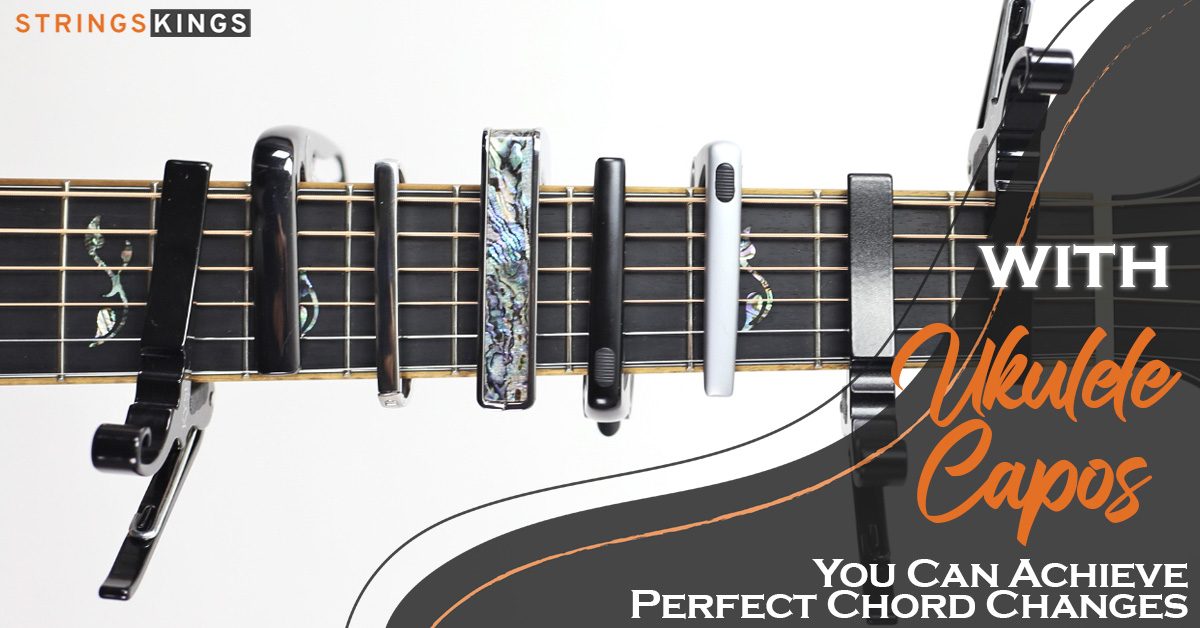Table of Contents
Pedalboard Tips
Introduction
Guitar effects pedals revolutionized the music industry when they were first introduced. The ability to change your tone was suddenly available to you in ways that were previously unimaginable.
It began with simple effects pedals, but soon this category grew to include a wide variety of devices ranging from distortions to modulations. Today, there is a wide range of effects available to us. In order to achieve the tone they desire, many guitarists rely heavily on guitar effects pedals.
The fact remains that many people use as many as ten pedals in order to shape their sound. As a result, a new problem arose. What is the best way to organize all of those pedals? We will discuss pedalboards today, why they are so important, and why you should own one.
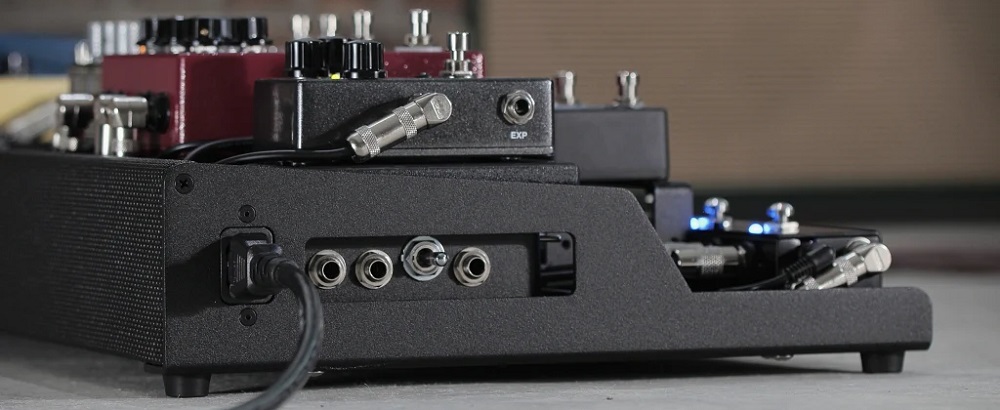
Deciding On A Pedalboard
A Preliminary Consideration
In this article, we will examine two types of players:
- Players who are familiar with their pedals, power supplies, and cables.
- Players who are just beginning their design process and are unsure of which pedals they will require.
Consider your answers to the following questions:
- What is the number of pedals you would like on your board?
- Are you planning to add more pedals in the future?
- Is it necessary for it to be portable for gigging, or will it remain stationary?
- What is the size of the space in which you plan to store the board?
If you belong to player type #1, you probably already know the answer to all of these questions, so feel free to skip ahead.
For beginners, it is a good idea to do some research and determine which pedals will best suit your needs. There are some players who are concerned about running out of room on their boards, so they purchase a large board “just in case” they need more pedals in the future.
Having space for an additional 2-3 pedals is fine, but do not go overboard. Don’t forget that pedals can always be swapped in and out of the board as needed. Large boards are ideal for holding a large number of pedals, but they also have the following disadvantages:
- Transport is more difficult
- Take up a considerable amount of space on the floor
- The price of these items is higher
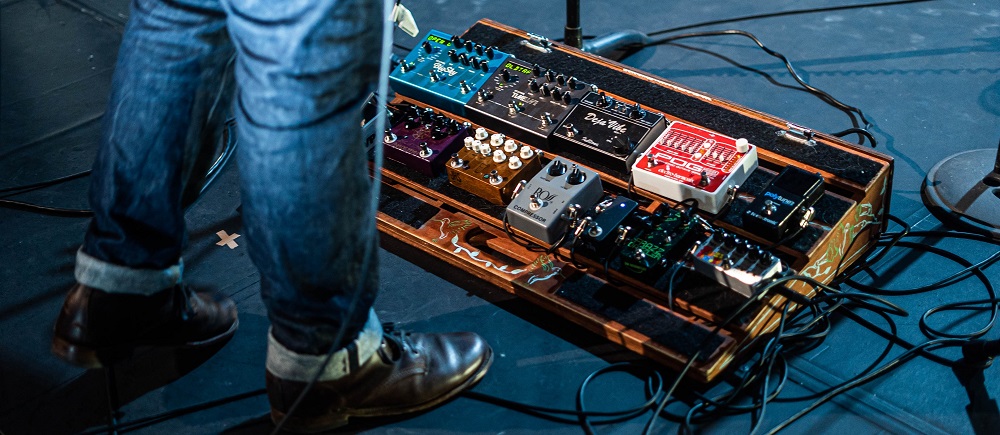
Pedal spacing
There should be approximately 2 inches of space between each pedal on the board for the cables. There are usually two jacks on each side of most pedals, so 2″ allows for the patch cable to be connected when the pedals are arranged in a row.
Nevertheless, the amount of space you will require depends on a number of factors:
- The cables that you are using
- The arrangement of your pedals; single row or multiple rows
- It is necessary to know where the input and output jacks are located
Types of Cables
The first step is to connect the cables. Patch cables and cable kits are both available here as methods of connection. Most players are familiar with patch cables. It is possible to purchase them in packs and they are all of the same lengths.
Standard cables and straight couplers are the two most common types. Both types require a distance of approximately two inches between the pedals. There are a variety of styles available from different brands, some with angled or low-profile designs that enable you to place the pedals closer together.
6 Pedalboard Tips
1. Faster Setup
It is time-consuming to set up each of your effects pedals individually, due to the need for individual power supplies and wiring them together to achieve a cohesive and perfect effect.
If you choose to place all your effects pedals on a pedalboard, you will be able to have them connected constantly to each other and to a single power supply unit, reducing the time you have to spend connecting them individually.
If you have a well-designed pedalboard, you will be able to plug it in and play without having to worry about each pedal.
2. Consider Using an Isolated Power Supply
In order to achieve the best tone and noise performance, it is imperative that your pedals are powered correctly. In order to get these pedals working, you must match the voltage and current requirements of each pedal with the appropriate power supply.
When you first begin using guitar pedals, you may use a “daisy chain” to power multiple pedals simultaneously. Theoretically, this should work if all your pedals demand the same voltage and their total current does not exceed the maximum output of your wall wart.
Nevertheless, not all pedals are compatible with each other when they share the same power supply. In some cases, digital pedals, such as reverbs, delays, and DSP amps, can affect the performance of old-school analog amplifiers and cause distracting noise.
There might be pedals that require different power requirements that cannot be accommodated by a one-size-fits-all solution.
The modern isolated power supply provides clean, accurate power to your effects. In order to transform a collection of pedals into a professional sound design tool, they are crucial.
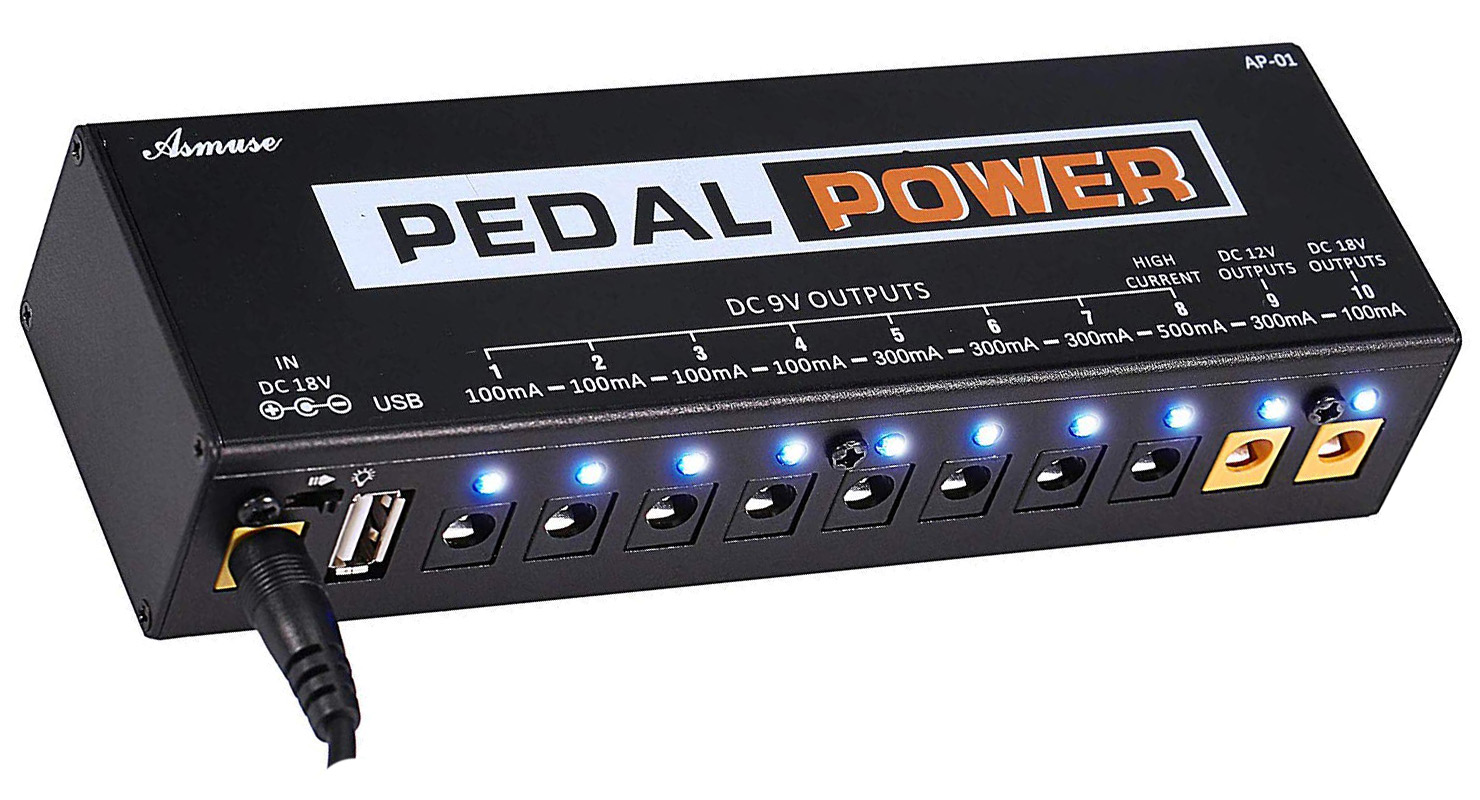
3. Isolator for Ground Loops
There is a specific noise problem caused by a ground loop in your signal that is caused by an electrical issue. There is, for example, a nasty hum produced by a ground loop that is much louder than the typical hiss and buzz produced by a basic guitar chain.
When your rig is connected to multiple electrical outlets, ground loops may occur. It is possible to encounter these problems if you are using a multi-amp setup or if you are using a pedalboard with a long distance between your amplifier and your pedals.
It is necessary to use a device that electrically isolates the devices from one another in order to resolve this problem. In most cases, this is accomplished by using the same transformer-based circuitry as you would find in a DI box.
Time to get a new giging pedalboard? Check this article out!
4. Keep Your Pedals Protected
In addition to leaving a mess on your stage, leaving all your effects pedals on the floor creates a serious electronic hazard, since all those wires and power supply units are lying around for anyone to trip over.
A pedalboard should come with a case for all your pedals and the board itself, so that your gear won’t be thrown around or left behind when traveling.
Furthermore, having one panel for all of your pedals will simplify the wiring process as they will not be laying around and leaving a mess.
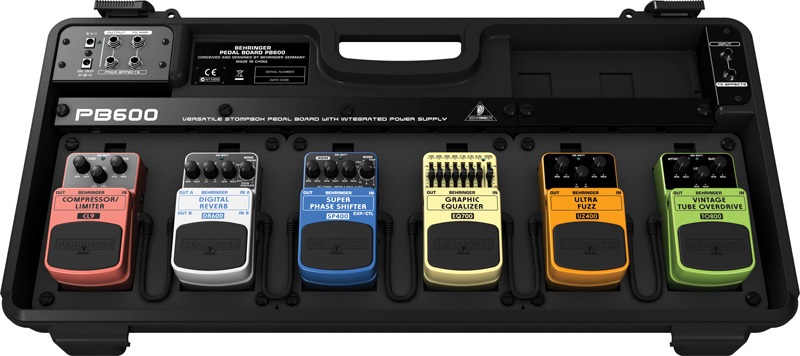
5. Access Your Pedals Comfortably
One of the benefits of pedalboards is their ability to increase your pedal’s accessibility. The majority of pedalboard designs feature an angled platform which provides a much more comfortable experience. It is important to note that once your pedals are installed on the pedalboard, they are anchored in a manner that prevents them from moving around.
Therefore, you may use them confidently, knowing that you will achieve the desired effect at any time during your performance. In the event that you own more than five pedals, a pedalboard becomes an absolute necessity.
6. Make Your Guitar Sound Better
Guitar effects pedals allow guitar players like you to achieve a much better sound, essentially bringing out the full potential of your instrument.
There is, however, a cost associated with using too many effects pedals – especially when the power supply unit is faulty.
The benefit of having a pedalboard is that you can choose a power supply for all pedals, and choosing a high-quality power supply unit will minimize distortion and improve the performance of your pedals.
Conclusion
When you consider everything around your guitar effects and connectivity, we are coming to a decision that the pedalboard is an absolute necessity when it comes to both home practicing and stage acts. Having your pedals neatly set in a pedalboard will assure many things as we mentioned above, so do not hesitate to get one if you are using various effect pedals.
If you are having any questions about the usage of the pedalboard, please let us know in the comment section below and we will be more than happy to elaborate and expand the views on using a pedalboard.
Best Reverb Pedals: Top 20 Reverb Pedals + Buyers Guide (2022)
Best Delay Pedals On The Market: Top 15 Models (2022)
Best Noise Gate Pedals: Best 15 Choices + Usage (2022)
Best Wah Pedals – 13 Model Reviews (2022)
Best Distortion Pedals: Top 14 Picks + Reviews! (2022)
Best Overdrive Pedals: Top 15 Models You Can Reach For! (2022)
Best Fuzz Pedals: Top 15 Models You Can Use In 2022!

